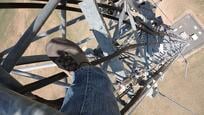Licensed point to point wireless bridge systems are now becoming more of the norm rather than the exception. Historically, everyone turned to fiber as their primary choice for point to point data connectivity. Now with the recent changes to FCC regulations on point to point microwave, also referred to as “ptp wireless”, the opportunity to create high-speed bandwidth wireless point to point connections are easier than ever.


Point to point wireless backhaul, often referred to as fixed wireless backhaul or wireless Ethernet bridges, is a great solution for creating network connectivity between locations. Wireless point to point can be used as primary or redundant wireless networks. Wireless backhaul can be used for establishing data and voice network connections from building to building, communication tower to communication tower, field locations to a network presence, connecting network fiber segments, or last mile connections, etc. Point to point wireless Ethernet bridges can also be used for connecting devices on to networks, like IP video cameras, SCADA devices, etc.
Licensed point to point wireless backhaul is far easier and cheaper to deploy than fiber (See “Wireless Backhaul Makes Financial Sense”). Costs of running fiber can be upwards of $100K to $1M a mile. Point to point broadband wireless, especially point to point licensed wireless networks can now compete with fiber, not only in price per Mbps, but in performance and reliability. Plus there are many advantages of owning a private network, like security, support, and reliability.
The FCC has opened up the ability to use larger licensed point to point microwave spectrum channels (like in the 11GHz point to point licensed microwave spectrum). They also have allowed for higher ptp wireless modulation schemes up to 1024QAM at channel widths up to 80MHz wide. Plus with recent use of XPIC systems it is much easier to get licensed point to point microwave frequencies on a given path. (See: “Licensed Microwave Wireless Backhaul” for more information about point to point licensed microwave systems or “Licensed Microwave vs. Unlicensed Outdoor Wireless” for more information about the different types of point to point wireless systems.)
Today licensed point to point microwave radios can provide interference free GigE full duplex connectivity at 99.999% predictable reliability, and with <2ms latency. Multiple point to point microwave radios can be installed together and configured for even higher bandwidth, while providing compete failover redundancy, using 2+0, 3+0, and 4+0 configurations. Links upwards of 30+ miles can be achieved. Even further distances can be installed using a wireless repeater from a tall building roof top or communication tower.
The one disadvantage of point to point wireless bridge systems is the need for line-of-sight from antenna to antenna (aka “LOS”). This can be an issue with low lying buildings and trees. In those cases using a communication tower for a wireless repeater can solve the issue in many cases. Communication towers are all over the place. There are many publicly traded companies that offer lease space for point to point microwave antennas. If there is the ability to find land right use communication towers are relatively inexpensive to have installed. Point to point wireless backhaul has a rapid ROI (typically less than 6 months with no reoccurring costs). Adding a tower into the solutions may only add 3 to 4 months until the CAPEX ROI is achieved. Free standing towers at 100ft in height can be installed from $65,000 to $85,000. That is not much money when you look at the big picture.
Many countries around the world have leapfrogged the United States when it comes to wireless backhaul and taking advantage of wireless bandwidth. Here we have relied on fiber as the top pick for broadband, but the cost per mile and the issues with permitting and right of way access present an ongoing challenge, especially in rural America. Using point to point wireless bridges can expand the reach of high broadband bandwidth where fiber is a challenge.
Whether a private organization, an agricultural group, government agency, utility, healthcare organization, or education facility point to point licensed wireless maybe a perfect alternative to fiber or lease lines.





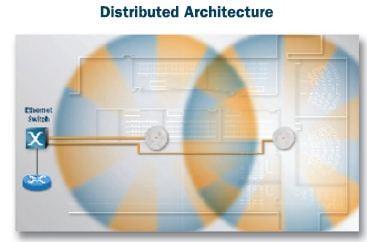

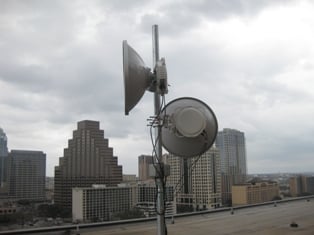 Because of the bandwidth demand we used full duplex microwave radios, such as
Because of the bandwidth demand we used full duplex microwave radios, such as 
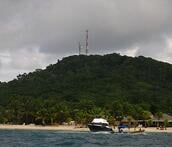 All throughout the Caribbean and Central America most countries have leapfrogged the USA in the use of wireless backhaul for telecommunications and broadband services. A lot of countries can’t run fiber due to terrain (jungles, mountains, waterways, and a lack of infrastructure) and the pure inability to afford a fiber build out. Wireless though is everywhere. You can be in the jungles of Belize and have a solid 3G connection.
All throughout the Caribbean and Central America most countries have leapfrogged the USA in the use of wireless backhaul for telecommunications and broadband services. A lot of countries can’t run fiber due to terrain (jungles, mountains, waterways, and a lack of infrastructure) and the pure inability to afford a fiber build out. Wireless though is everywhere. You can be in the jungles of Belize and have a solid 3G connection. 
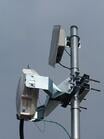 Do you ever experience downtime on you network due to outages with your telecommunications provider, such as: AT&T, Verizon, or Comcast? What does a network outage cost you organization in dollars and man hours due to lack of productivity and internal communication or with clients? What do you say? This never happens? Think again!
Do you ever experience downtime on you network due to outages with your telecommunications provider, such as: AT&T, Verizon, or Comcast? What does a network outage cost you organization in dollars and man hours due to lack of productivity and internal communication or with clients? What do you say? This never happens? Think again!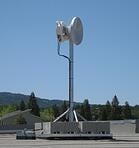 Wireless backhaul connectivity, both
Wireless backhaul connectivity, both 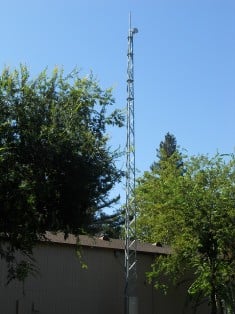 Even though there are some outdoor wireless radio systems that can do
Even though there are some outdoor wireless radio systems that can do 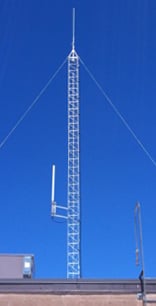 The fact is that there are tower all around us and we just don’t even notice them. Microwave communication towers tend to blend into the skyline. So many times we hear about cosmetic concerns when it comes to mounting antennas on buildings but the fact remains that they are all around and no one ever notices them (unless you are in the wireless industry and pay attention to them). Many are less obtrusive that satellite TV dishes everyone mounts on their homes!
The fact is that there are tower all around us and we just don’t even notice them. Microwave communication towers tend to blend into the skyline. So many times we hear about cosmetic concerns when it comes to mounting antennas on buildings but the fact remains that they are all around and no one ever notices them (unless you are in the wireless industry and pay attention to them). Many are less obtrusive that satellite TV dishes everyone mounts on their homes! 
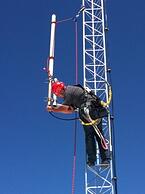 A true outdoor wireless integrator will have in house experience with all aspects of an outdoor wireless backhaul system. A good wireless integrator will know how to properly design a wireless backhaul network, perform accurate wireless path calculations, and understand exactly what it takes to deploy a wireless backhaul network.
A true outdoor wireless integrator will have in house experience with all aspects of an outdoor wireless backhaul system. A good wireless integrator will know how to properly design a wireless backhaul network, perform accurate wireless path calculations, and understand exactly what it takes to deploy a wireless backhaul network.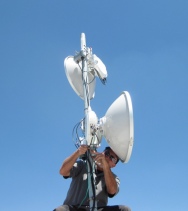 We ended up replacing the Motorola PTP600 unlicensed 5.8GHz wireless Ethernet bridges with SAF Tehnika CFIP Lumina licensed point to point microwave links. The new wireless bridges operate in the licensed 18GHz frequency. The
We ended up replacing the Motorola PTP600 unlicensed 5.8GHz wireless Ethernet bridges with SAF Tehnika CFIP Lumina licensed point to point microwave links. The new wireless bridges operate in the licensed 18GHz frequency. The 
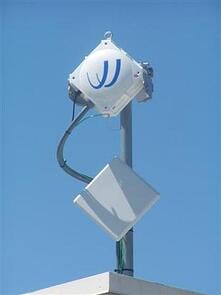 Licensed microwave wireless radio systems are typically built and designed for long term solutions. Point to point licensed microwave links are true fiber replacement systems and offer full duplex wireless communications for both Ethernet and TDM. The licensed wireless bridge hardware is designed to provide carrier grade performance (high bandwidth and low latency). Because a microwave link is licensed and is not to inject and interference on other licensed microwave backhaul operators in the area they must have LOS (line of sight) and not cause heavy multipath. This is a common question of why licensed microwave radios don't use OFDM or MIMO and why they can't be used in NLOS (non line of sight) applications. In a NLOS wireless link application unlicensed wireless backhaul radios that use OFDM or MIMO take advantage of multipath for their connectivity.
Licensed microwave wireless radio systems are typically built and designed for long term solutions. Point to point licensed microwave links are true fiber replacement systems and offer full duplex wireless communications for both Ethernet and TDM. The licensed wireless bridge hardware is designed to provide carrier grade performance (high bandwidth and low latency). Because a microwave link is licensed and is not to inject and interference on other licensed microwave backhaul operators in the area they must have LOS (line of sight) and not cause heavy multipath. This is a common question of why licensed microwave radios don't use OFDM or MIMO and why they can't be used in NLOS (non line of sight) applications. In a NLOS wireless link application unlicensed wireless backhaul radios that use OFDM or MIMO take advantage of multipath for their connectivity.